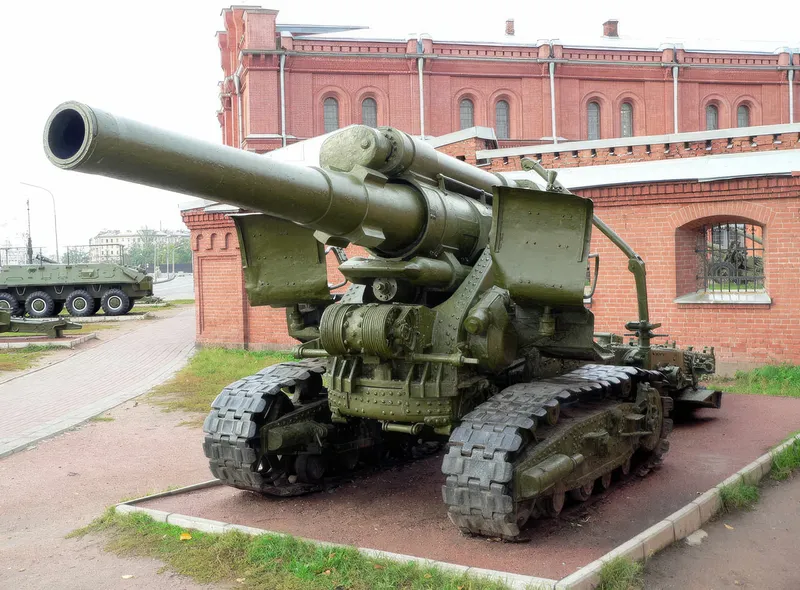
203 mm M1931 B-4 | |
|---|---|
| Maa | URSS |
| Tyyppi | Raskas haupitsi |
| Tuotettu | 1932-1940-luvulta |
| Rakennettu | 871 |
203 mm haupitsi M1931 oli 203 mm:n neuvostoliittolainen raskas haupitsi. Toisen maailmansodan aikana se oli Stavkan strategisen reservin komennossa. Saksalaiset sotilaat antoivat sille lempinimen "Stalinin moukari". Näitä aseita käytettiin menestyksellä raskaita saksalaisia rinnoituksia vastaan ja kaupunkitaistelussa suojeltujen rakennusten ja bunkkereiden murskaamiseksi. Tätä asetta käytettiin sodan loppuun asti Berliinin taistelussa, jossa puna-armeija toi nämä aseet lähietäisyydeltä murskatakseen Saksan tukikohdat raskailla 203 mm:n ammuksilla. Keväällä 1944 syntyi KV-1s-säiliön alusta omatoimisen muunnoksen, S-51:n, luomiseen. Kuonoräjähdyksen raskas rekyyli heitti miehistön pois istuimiltaan ja vaurioitti lähetystä, joten se peruttiin.
| Haupitsi 203mm M1931 B4 | |
|---|---|
| Valokuvaaja | Ei tietää |
| Lokalisointi | Ei tietää |
| Valokuvat | 200 |
| 203 mm Howitzer Mod. 1931 (B-4) | |
|---|---|
| Valokuvaaja | Ei tietää |
| Lokalisointi | Ei tietää |
| Valokuvat | 21 |
Katso myös:
General Overview
The B-4 was a Soviet high-power heavy howitzer used to destroy heavily fortified positions and bunkers during World War II.
| Official Name | 203 mm howitzer M1931 (B-4) |
|---|---|
| Place of Origin | Neuvostoliiton |
| Valmistaja | Barrikady Plant |
| Production Years | 1932–1945 |
| Primary Role | Siege Artillery / Crushing Fortifications |
| Lempinimi | Stalin’s Sledgehammer (coined by German soldiers) |
Tekniset
| Kaliiperi | 203 mm (8 inch) |
|---|---|
| Mass (Combat) | 17,700 kg (39,022 lbs) |
| Mass (Travel) | 19,000 kg (41,888 lbs) |
| Shell Weight (HE) | 100 kg (220 lbs) |
| Maximum Firing Range | 18 km (11 mi) |
| Rate of Fire | Approx. 1 round every 4 minutes (Slow due to shell weight) |
| Carriage Type | Tracked Carriage (Unique feature for stability) |
| miehistö | 15 |
| Towing Vehicle | Voroshilovets or Komintern Artillery Tractor |
Operational Role in WWII
The B-4 was held under the direct command of the Stavka Strategic Reserve and was deployed only where its massive firepower was required.
- Winter War: Known as the “Karelia Sculptor” for its effectiveness against Finnish pillboxes on the Mannerheim Line.
- Urban Combat: Used for direct fire against German fortified buildings and bunkers, notably during the Battle of Berliini in 1945.
- Loading Challenge: Due to the heavy 100 kg projectile, a special hoisting crane was often used to assist in loading the breech.
Key Innovation: The unique tracked carriage allowed the gun to be fired directly from the ground without a separate firing platform, a significant innovation for heavy artillery of that era.
Views : 11576

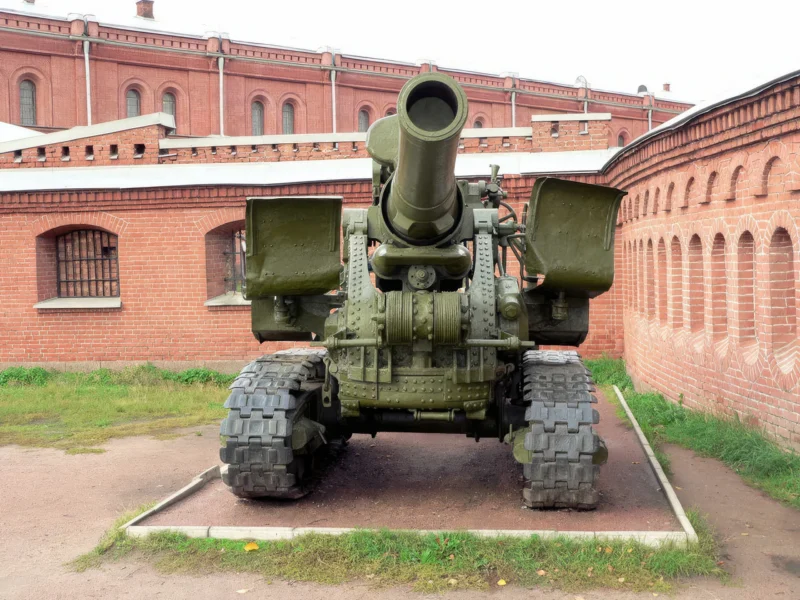
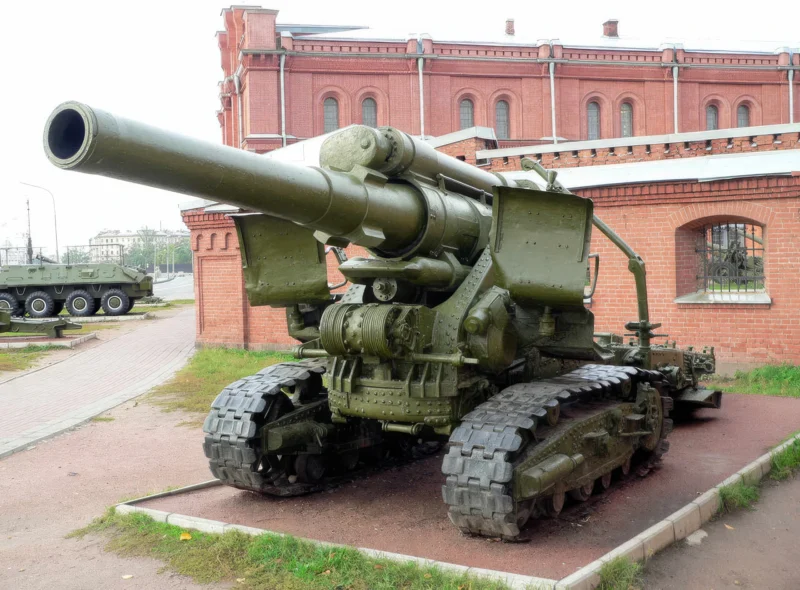
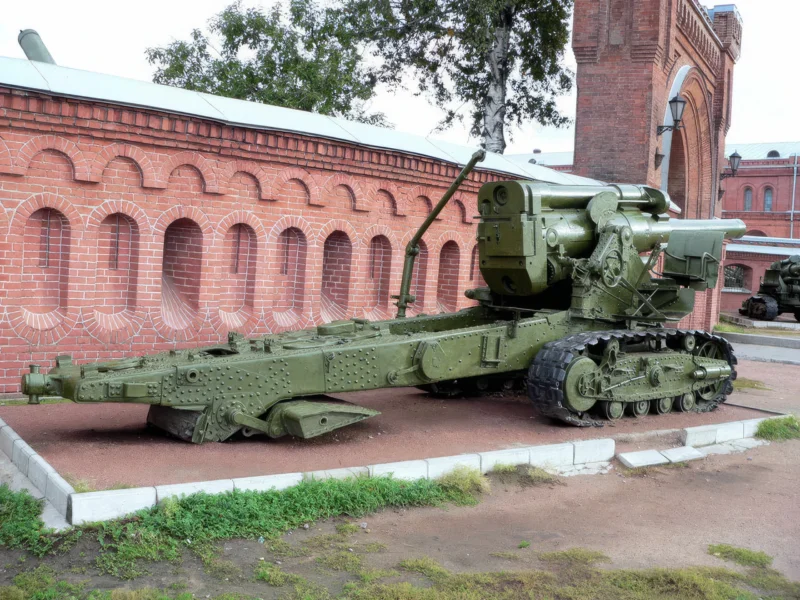
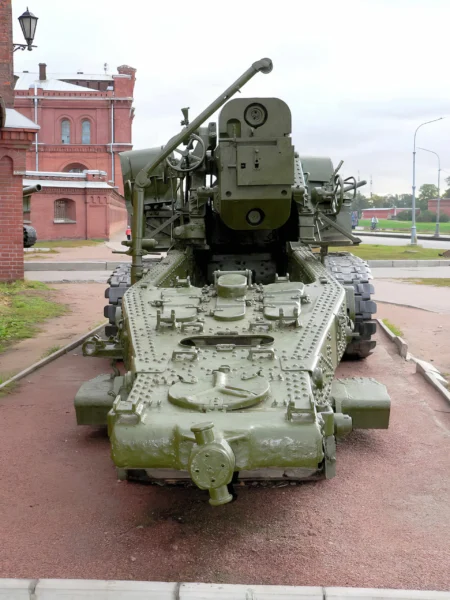
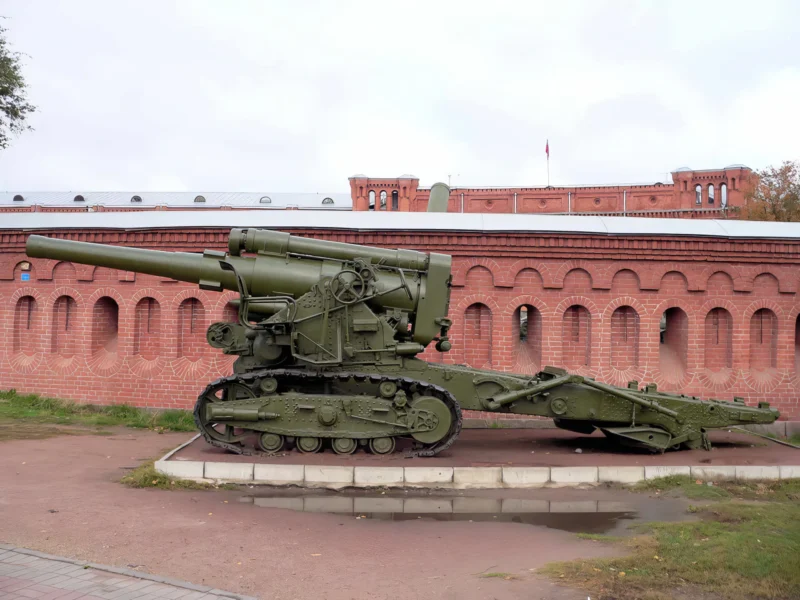
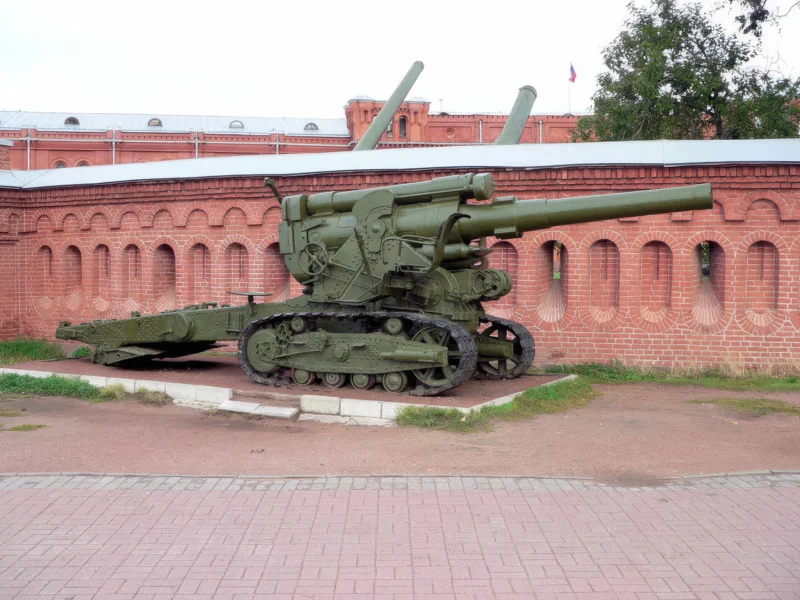
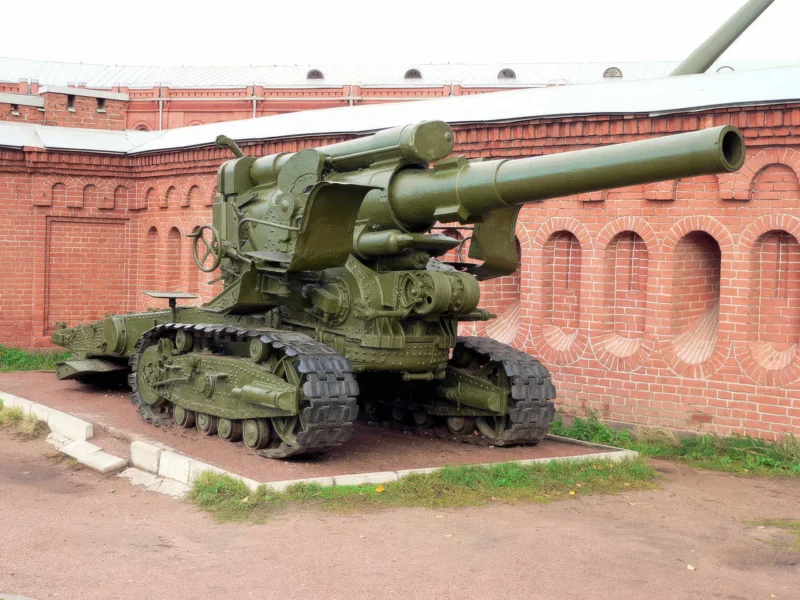
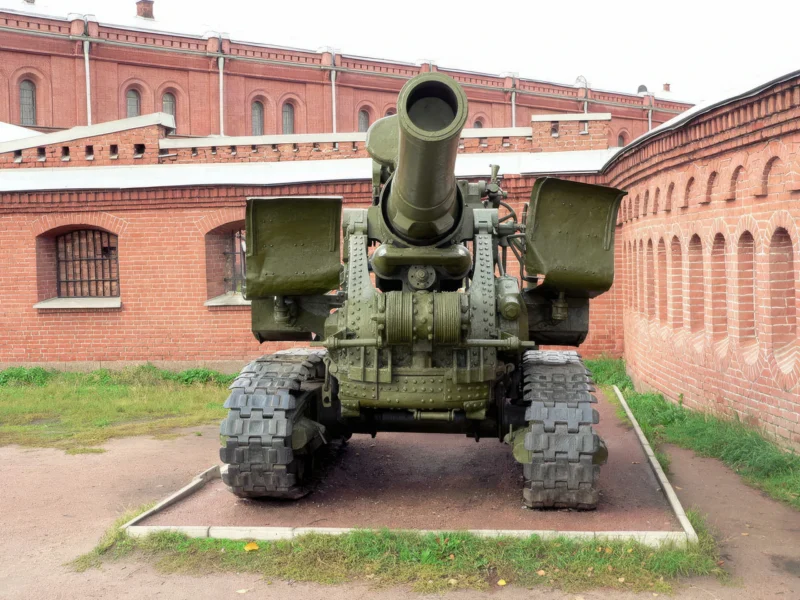


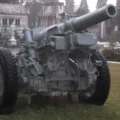


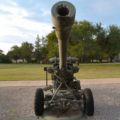
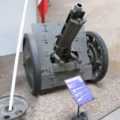

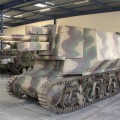
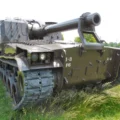

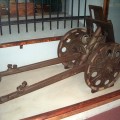
Uudet valokuvat